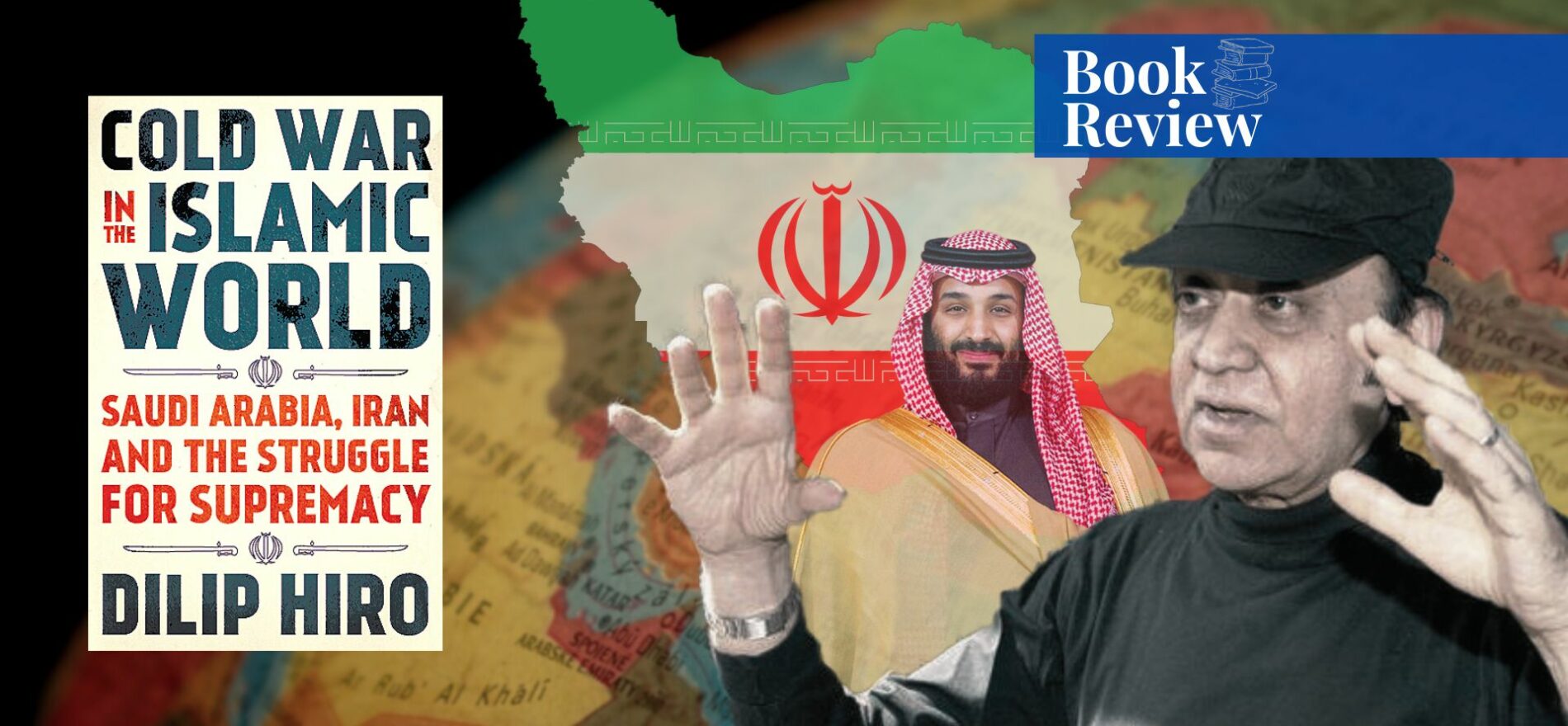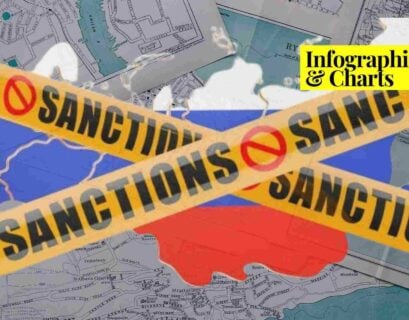The Author
The author of Cold War in the Islamic World: Saudi Arabia, Iran and the Struggle for Supremacy, Dilip Hiro has written a number of books in terms of international relations and regional crises. Dilip has been writing opinion and article-based content for a renowned newspaper—The Guardian. In order to demonstrate the ongoing rivalry between Tehran and Riyadh unequivocally, the author has analytically overviewed all the possible aspects of history, geography, politics, and defense.
Saudi Arabia’s Monarch
Saudi Arabia’s monarchist attitude has remained an underscored theme of the book “Cold War in the Islamic World.” Primarily, the book comprises fifteen chapters including an introduction and conclusion. Dilip clearly manifested the role of Fahd Bin Salman and Crown Prince Muhammad Bin Salman in the early chapters of the book. Contrastingly, the Islamist vision of Tehran also goes hand-in-hand with this. The author has focused on how Iran and Saudi Arabia’s relations have remained on a roller-coaster since the Iranian Revolution of Imam Khomeini.
The Sunni-Shia conflict and sector-based interpretation of Sharia have pushed both Middle Eastern states into the miseries of destruction and devastation. Saudi Arabia, being an oil-rich country, and Iran, having potentially higher reserves of oil, have also fought and are still fighting economic skirmishes.
The Role of the Superpower
The role of the USA has remained stagnant during the whole up-and-down process between Tehran and Riyadh. Dilip has illustrated how the discovery of the first-ever oil reserves in Iran has molded the interests of the USA toward Tehran. Soon after Pakistan’s colonial masters stepped in, the rivalry between British and American oil companies began. Due to this very reason, the upturn in Iran’s politics took a new course.
Reza Shah Pahlavi, then supreme leader of Iran, allowed Washington to hold its company in the country. Washington, in return, had shown its economic might by bestowing Iran with $20 billion. In the third chapter of “Cold War in the Islamic World,” Reza’s faulty ambition and King Faisal’s enduring prints are explained. When restored as a king, Faisal declared the Holy Quran as the state’s constitution. With the formation of the National Guards and an effort to curb domestic upsurge, Faisal implemented a purely Wahhabi doctrine.
When the importance of the Organization of the Petroleum Exporting Countries (OPEC) arose, relations between Washington, Riyadh, and Tehran became complicated. America’s interference in Iran’s domestic issues grew. Shah, at that time, diverted to seek help from the Soviet Union, anticipating that the US would withdraw from Iran with the shifting of Britishers from Kuwait but that did not happen.
Reign of Imam Khomeini: A Revolutionist
As time passed and the masses realized the incompetence of the Shah, an Islamic revolutionist took the attention of Iranian demography. Imam Khomeini, the supreme leader, had commenced a revolution on the basis of Islamic teachings. Declaring Riyadh’s monarchy entirely unIslamic, Khomeini started spreading tape recordings to inculcate a sense of revolution among the masses.
In contrast, Saudi Arabia’s concerns regarding the revolution grew more and more. The seizure of Mecca in 1973, made Riyadh a staunch enemy of Iran. Accusing it of terrorism and declaring it an extremist state, Riyadh cut off all its ties with Iran. After the horrific incident in Mecca, the Carter administration launched a military attack on Iran. It failed in its attempt completely.
The Supreme Leader Islamised Iran and implemented Shia sharia law. In 1979, when the revolution took place across Iran and Iran became a fully Islamic state, brows of international and regional players became directed towards Iran. The Sunni-Shia rivalry’s roots are attached to the Islamic revolution due to differences in beliefs and Ideologies.
Saudi-Iranian Race to Influence the Muslim World
In chapter 7 of the book, the influential efforts of both Riyadh and Tehran are highlighted. Saudi Arabia started furthering ties with its neighbors, including Pakistan, Afghanistan, Kuwait, and Iraq, due to the Sunni dominant factor. Iran, on the contrary, tried to build cordial relations with all the Middle Eastern states having a Shia majority.
In terms of economics, both states, because of higher oil reserves, started their own economic plans. King Faisal’s initiative to enhance cordial relations with Pakistan and Afghanistan by supporting them economically, and the Khomenei regime influenced regional players to support the cause of Palestinians, causing both states to stand on opposite sides of the pole.
Sunni-Shia Conflicts
In the southern region of Saudi Arabia, a city named Al Hasa – where Saudi Arabia has the most oil reserves – is comprised mainly of a Shia majority. With the boost in sectarian conflict between Riyadh and Iran, an uprising was noticed in the Al Hasa region of Saudi Arabia. Due to the harsh and strict curbs on religious activities, Shiites protested vehemently in the streets of Riyadh.
Retrospectively, the National Guard detained and killed a number of protesters in that pursuit. Iran condemned the brutal activities of Saudi Arabia internationally. This event eventually led both states to support proxy wars in Yemen and Syria which are still ongoing.
Analysis and Discussion
Dilip Hiro has explained all the factors of the Saudi-Iran Rivalry more accurately. Yet, there seems to be a tilt of the author towards Iran while portraying Riyadh as an offensive regional ally. There are an uncountable number of statistics and interviews and narrative-driven slogans throughout the book. This partiality proves that not every triggering factor of both states is equally explained.
Furthermore, in the whole book in general and the earlier chapters in particular, ideologies of the Shia segment have been endorsed while subduing the opinion of the Sunni sect. Apart from that, all the facts and figures, interviews and statements, and visits and departures are extraordinarily explained. Having a strong grip on fictitious writing, Dilip has written content that is more engaging and interesting.
It is evident from the book, in many statements, footnotes are not included. Only a biased judgment is passed in many chapters of the book. Condemning Saudi Arabia and endorsing the acts of Iran has remained a consistent approach. Nonetheless, the history, race of weaponization, and primary causes of the rivalry are beautifully demonstrated.
Conclusion
“Cold War in the Islamic World’’ is, undoubtedly, a must-read for every person having an interest in international relations and Middle Eastern politics. Unquestionably, the tilt of the author towards one state is ostensible throughout the book. Yet, it has the potential to sort out many curiosities regarding the Saudi-Iran rivalry and the role of International powers in exacerbating it.
If you want to submit your articles/research papers/book reviews, please check the Submissions page.
The views and opinions expressed in this article/paper are the author’s own and do not necessarily reflect the editorial position of Paradigm Shift.



















